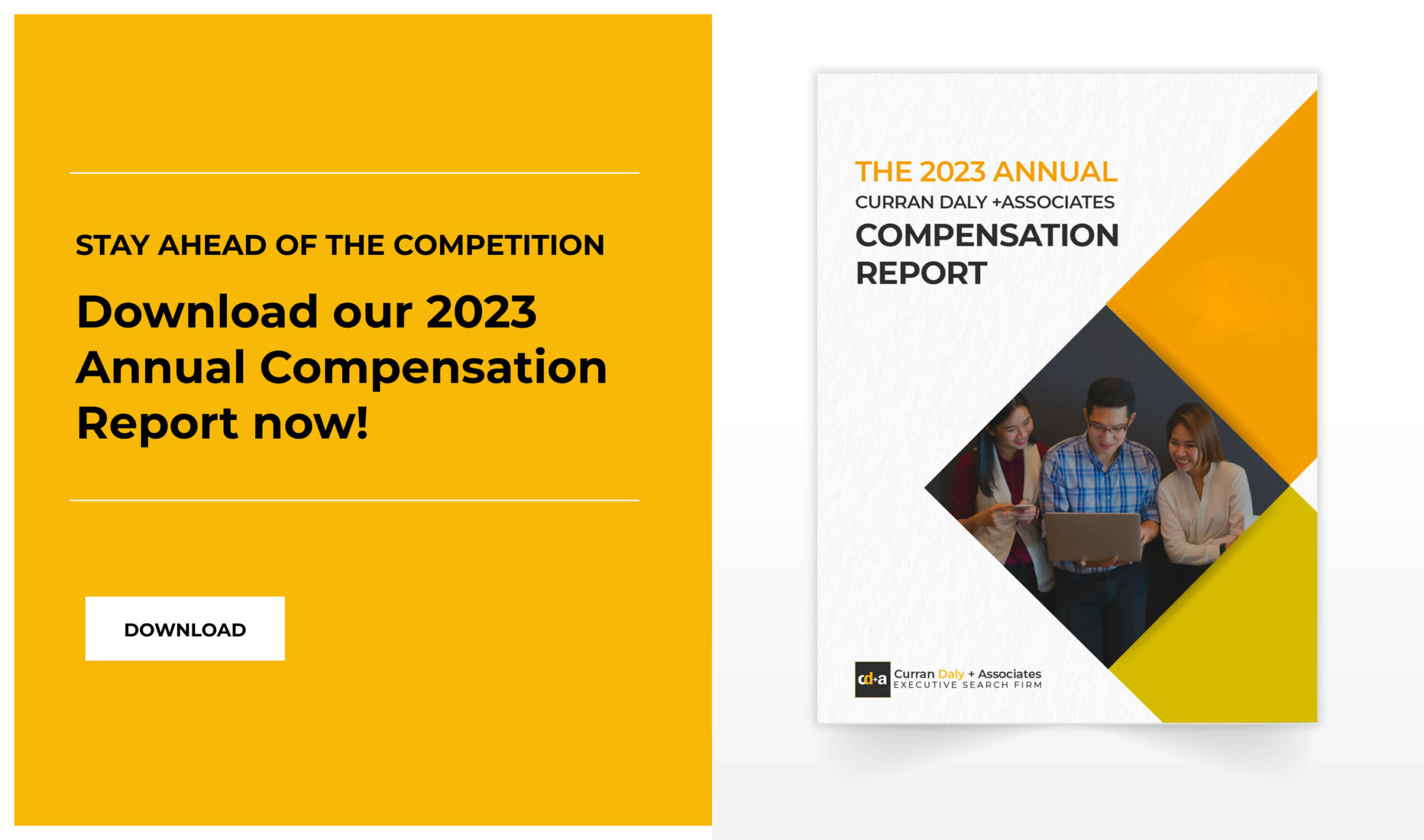- Organizations that were proven to be resilient over the past two years have one thing in common – they have sound leadership at all levels.
- A resilient organization is built on a solid foundation of trust, accountability, and agility. It has resilient teams built to withstand the pressure of black swan events like a global pandemic.
- What leaders need to do during a crisis is not a predefined response plan but to garner the behaviors and mindsets based on resilient leadership.
- Leadership anchored on resilience will prevent them from overreacting to yesterday’s developments and help them look ahead to plan for the future.
For almost two years, the COVID-19 pandemic has placed extraordinary demands on leaders worldwide. Despite its noticeable business impact, the humanitarian toll it took created fear among employees and organizational stakeholders.
In the face of ongoing challenges and continued uncertainty, business leaders are rightly concerned about how their companies will be affected and what they must do to remain resilient.
The fact is, you can’t build resilient teams without resilient leaders. Resilience isn’t just a matter of “toughing it out.” Bearing up under pressure and in stressful situations is undoubtedly part of being resilient, but it’s just one part of a much larger whole.
Organizations that were proven to be resilient over the past two years have one thing in common – they have sound leadership at all levels. A resilient organization is built on a solid foundation of trust, accountability, and agility. It has resilient teams built to withstand the pressure of black swan events like a global pandemic.
Spotting the Black Swan
Black swan events refer to unforeseen or unpredictable crises that often have extreme consequences. The outbreak of COVID-19 across the globe has introduced a new kind of uncertainty.
The outbreak’s massive scale and unpredictability have made it challenging for business leaders and executives to respond. Indeed, it’s truly a black swan event for all intents and purposes.
The COVID-19 pandemic prompted an unexpected sequence of events at an enormous scale and overwhelming speed, resulting in a high degree of uncertainty that resulted in disorientation, a feeling of lost control, and strong emotional disturbance.
Recognizing a black swan that prompts a crisis response is want leaders should do. This is a challenging endeavor, especially during the onset of a crisis when access to sound information and facts is hard to come by.
Seeing a slowly developing black swan event for what it might become requires foresight from organizational leaders.
Once leaders recognize a black swan crisis as such, they can now begin to formulate a response. But they cannot respond as they usually do in a routine emergency wherein plans have been drawn up in advance.
During a crisis that is riddled with unfamiliarity and uncertainty, effective responses from the organization will largely be improvised.
The landmarks of resilient leadership
What leaders need to do during a crisis is not a predefined response plan but to garner the behaviors and mindsets based on resilient leadership. Leadership anchored on resilience will prevent them from overreacting to yesterday’s developments and help them look ahead to plan for the future.
Deloitte identified five fundamental qualities of resilient leadership that distinguish successful leaders as they pivot for the future:
Designs from the heart and the head
Making decisions that tie back to the organization’s purpose is essential.
Resilient leaders are genuinely empathetic. They express compassion and recognize the long-term impact of the pandemic’s disruption. However, they are also simultaneously rational to protect their employees from uncertainties accompanied by the ongoing disruptions. They encourage their employees to adopt a calm and systematic approach to whatever the future brings.
Amidst a crisis, resilient leaders know that they should remain faithful to the company’s purpose. Every decision needs to be purpose-driven during challenging environments to:
· Cultivate engaged employees
When companies have a purpose, employees will feel like their work has meaning. A greater sense of connection can be formed to help organizations recover and thrive in the future.
· Attract loyal customers
Brand loyalty is essential in a crisis. Consumers tend to be loyal to purpose-driven brands; Loyal customers are the ones that will stick with the organization amidst an economic downturn.
· Transform companies the right way
Organizations guided by a purpose have a sharper sense of how to evolve and innovate for the future. Adopting and transforming will be more cohesive when the purpose is put first.
Puts the mission first
Zeroes in on the most urgent issues and establish priority areas they can quickly cascade.
Organizations in a crisis are facing challenges across numerous fronts. Resilient leaders know how to delegate and prioritize. Here are several best practices for business continuity planning:
· Launch and sustain a crisis command center
Establishing emergency response teams at the onset of the crisis will help assess risks and formulate the right response strategies after a series of scenario planning.
· Support talent and strategy
Implementing business continuity with flexible work arrangements and strengthening remote work capabilities is essential to ensure the overall well-being of employees.
· Maintain business continuity and financing
As the months pass by, companies will quickly update business continuity plans and evaluate financial impacts to help restore economic viability.
· Strengthen supply chain
Resilient leaders are mindful of supply chain interruptions in a crisis situation. They overcome logistics and labor shortages with a robust supply chain scenario plan.
· Stay engaged with customers
An ongoing line of communication with customers will help promote transparency and build confidence amidst the uncertainty of a crisis.
· Build digital capabilities
Companies with resilient leaders need to develop digital road maps for the short, medium, and long-term. They know that in order to build resilience, digital capabilities need to be implemented across the entire organization.
Aims for speed over elegance
Encourage more initiatives and decision rights at all levels of the organization.
As organizations experience unprecedented situations, prompt action and speedy decision-making are a must. This is a time to encourage initiative and decision rights at all levels. Resilient leaders trust their teams and their employees. They know that the people working on-ground are in the best position to develop innovative approaches to address unanticipated situations.
Owns the narrative
Finding the right balance between communicating in advance to having all the facts, and being late for comment.
Prompt action is essential in times of crisis. Resilient leaders adopt a policy for shorter, more frequent communications based on what they know and fill in the details later. Trust starts with transparency, and it involves telling employees what you know and admitting what you don’t. If you don’t own the narrative from the beginning, employees may start to fill in the void with misinformation and assumptions, leading to further disruptions.
Creates structural changes for the long-term
Changes in strategy and planning may create lasting effects and become a significant source of value creation for the future.
The COVID-19 pandemic has been a test for resilient leadership. Guiding the organizations towards the future requires leaders to create structural changes and new strategies that will help them emerge stronger. To thrive during recovery, companies need to reinvent themselves as market shapers that will lead the future of their industries.
Five Priorities of Business Leaders to Pivot for the Future
We have seen how businesses have sufficiently adapted to new ways of working over the past two years. To prepare for the future, maintaining the status quo is not enough. Resilient leaders understand that they need to fine-tune their daily operations and take a step back to consider a broader perspective for the future. McKinsey and Company discussed several priorities of business leaders who are pivoting for the future:
PRIORITY 1: Center strategy on sustainability
At this point, businesses need to ensure that sustainability is more than just a buzzword to make companies look cool for their consumers. Sustainability needs to be the driving force of companies for the future. It needs to be a strategic and operational imperative. Resilient leaders need to pave the way to set up a more sustainable organization. They should strive to be mindful of their environmental, social, and governance (ESG) issues and learn how it affects the organization for the long term.
PRIORITY 2: Transform in the cloud
Even before the pandemic, the cloud’s potential to create value for organizations has been clear. But after experiencing a period of unprecedented disruptions, it’s becoming clear that it should be a necessity. Resilient leaders need to accelerate their digital transformation journey further by moving to the cloud. Cloud enablement is necessary to fully realize the organization’s digital transformation and to harness its capabilities for speed, agility, and efficient scalability.
PRIORITY 3: Cultivate talent
The people are the most important resource of an organization, and resilient leaders are paving the way to develop their top talent. They coach and empower teams and deploy the right talent based on skills and competency, not hierarchy. But most of all, resilient leaders know how to fill the gaps with training and development to deliver a better employee experience.
PRIORITY 4: Prioritize the need for speed
The pandemic has forced organizations to move fast and deliver prompt action. Now that the world is on its way to recovery, the priority is to sustain this speed by designing it into the organization by:
- Speeding up decision-making – Organizations are increasing the cadence of decision-making by having leaders delegate non-mission-critical decisions to their subordinates while focusing on more important tasks. Organizations that want to prioritize speed need to motivate their employees to take prompt actions.
- Stepping up execution – Since these are challenging times, leaders need to encourage their employees to take on more responsibility for execution, action, and collaboration. They also need to be equipped with the right skills and mindsets to solve problems instead of waiting to be told what to do.
- Cultivate lasting partnerships – Working with partners might be a routine procedure, but cultivating partnerships to achieve lasting impact is significantly more important. Finding partners that will help the organization deal with change, complexity, and disruptions is extremely valuable for organizations that are pacing themselves for recovery.
PRIORITY 5: Operate with a purpose
Employees love working for organizations that fuel their sense of purpose. Companies that execute strategies with a purpose will more likely generate long-term value. A company’s purpose will serve as their North Star that will help them recognize emerging opportunities to connect with customers. This sense of purpose serves as a valuable competitive advantage for organizations on their way towards business recovery.
CDA is here to help you recruit resilient leaders that will pivot your organization for the future.
As the most trusted, go-to executive recruitment and search firm in the Philippines, our experienced, well-connected headhunters have helped global organizations solve their recruitment needs.
Our holistic and targeted approach for executive search service will help you find industry-leading candidates.
Partner with us and tell us more about your recruitment needs.
References:
Gleeson, B. (2021). Resilience In Leadership: How To Lead And Win Despite Change And Obstacles. Retrieved 6 December 2021, from https://www.forbes.com/sites/brentgleeson/2021/04/13/resilience-in-leadership-how-to-lead-and-win-despite-change-and-obstacles/?sh=2700a00233c5
Leadership in a crisis: Responding to the coronavirus outbreak and future challenges. (2020, March 16). McKinsey & Company. https://www.mckinsey.com/business-functions/people-and-organizational-performance/our-insights/leadership-in-a-crisis-responding-to-the-coronavirus-outbreak-and-future-challenges
Ready, set, go: Reinventing the organization for speed in the post-COVID-19 era. (2020, June 26). McKinsey & Company. https://www.mckinsey.com/business-functions/people-and-organizational-performance/our-insights/ready-set-go-reinventing-the-organization-for-speed-in-the-post-covid-19-era
The heart of resilient leadership: Responding to COVID-19. (n.d.). Deloitte Insights. https://www2.deloitte.com/us/en/insights/economy/covid-19/heart-of-resilient-leadership-responding-to-covid-19.html
What matters most? Five priorities for CEOs in the next normal. (2021, September 8). McKinsey & Company. https://www.mckinsey.com/business-functions/strategy-and-corporate-finance/our-insights/what-matters-most-five-priorities-for-ceos-in-the-next-normal?cid=other-eml-dre-mip-mck&hlkid=a774e1a8976d4a078406df70a8406fd5&hctky=11979874&hdpid=7d93a3c1-cfbb-4126-b694-8fc6ec8796b










0 Comments